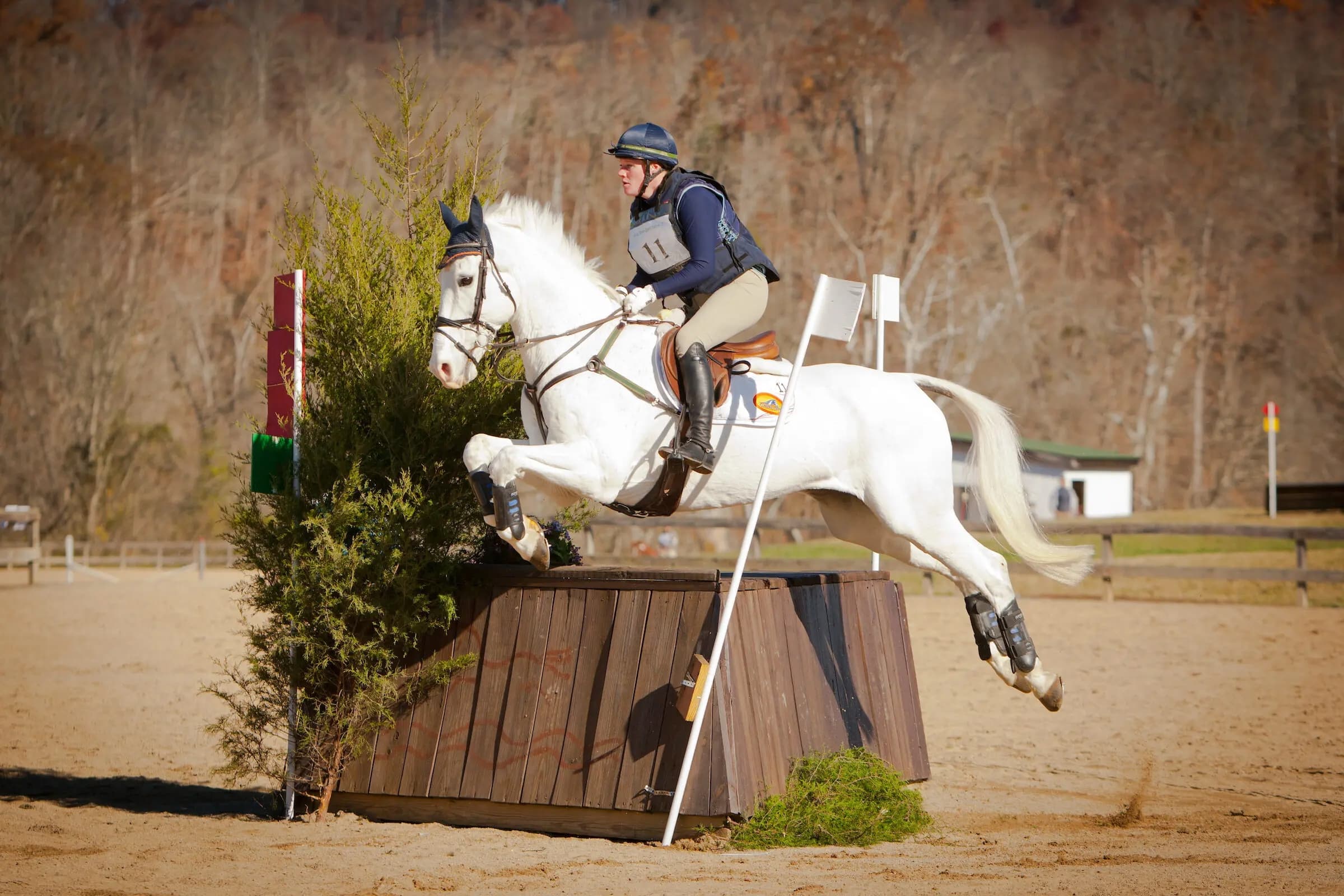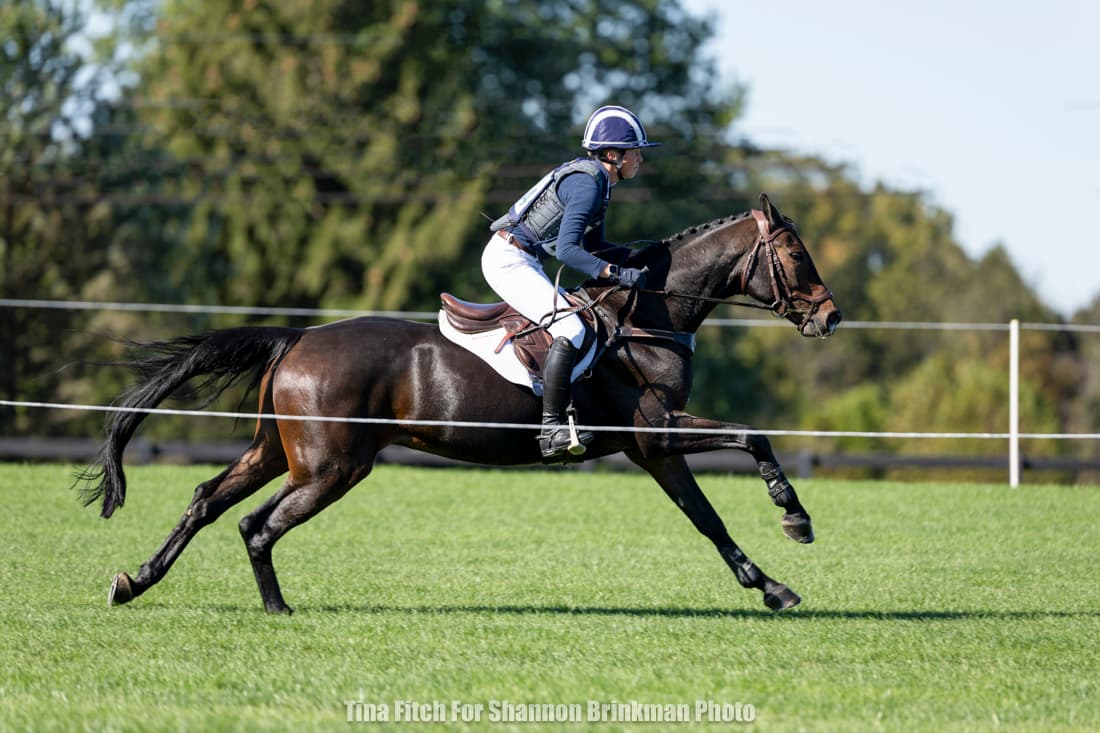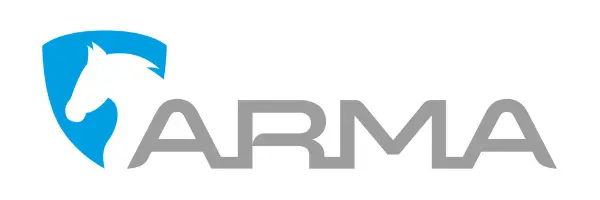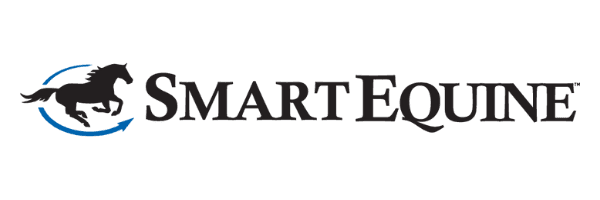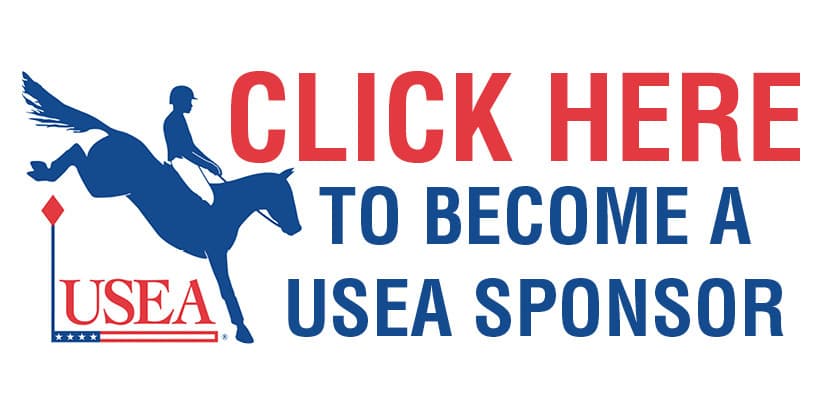Daniel Stewart Question & Tip of the Month

Question of the Month
Theresa asks “I get so distracted when I show. I know I shouldn't focus on the crowd; but even things like noises, other horses, and water trucks distract me. What can I do?”
Losing focus is one of the most common mental challenges you can face. The average time an untrained mind can remain focused on a specific task is as little as five seconds, so learning to improve your concentration is well worth the effort (especially if your jump course takes 75 seconds or your dressage test takes four minutes!) In order to do this you need to be able to focus on what's important and avoid being distracted by what isn't. This is called “focusing your focus.”
Concentration works much like a flashlight. If you shine it in the right direction it can be helpful, but if you shine it in the wrong direction (e.g. towards the crowd or water truck) it can be harmful. Likewise, if the beam of your “focus flashlight” is focused narrowly on the few important aspects of your ride it can be helpful, but if its beam is focused too widely (on too many things at once) it can be harmful.
In order to shine your focus in a positive direction you must first identify what you should concentrate on. One way to do this is to make a “honey do” list of things you need to focus on and a “honey don't” list of the distractions you must avoid. Just being aware of these lists can make it easier for you to point you focus in the right direction. There are several different forms of focus:
- Situational Focus - Shining a wide beam of focus all around you so you can see the “big picture.” For example, when walking a XC course a rider should focus on the topography, camber, meter markers, jump location, footing, approach angles, and take-off and landing spots.
- Selective Focus - Shining a narrow beam of focus in the direction of your most important task. It's called selective focus because you select what to focus on (the jump in front of you for example) while blocking out any distractions that can interfere with it.
- Shifting Focus - Continually changing the direction and width of your flashlight's beam to adapt to the changing demands of your ride. For instance, the beam of a cross-country rider's focus is narrow when seeing her first fence, broad when finding the approach to her second fence, narrow to look at her watch, and wide again to identify the option to her third fence.
It's been proven that we can only focus on one thing at a time, so it's important that you identify what that one thing will be. Will it be the jump or the crowd, the transition or the wind? If you shine the beam of your focus flashlight in the right direction you won't even be able to see (concentrate on) any of your old distractions because they'll all be in the dark! This a great way to help you...
Stop holding onto what's holding you back!
Tip of the Month
Distraction Reactions
Distractions interfere with your ability to concentrate and, therefore, your ability to ride your best. There are many causes of distractions including dwelling on past mistakes; overanalyzing technique; letting your mind wander; hearing the cheers from the crowd; focusing on things occurring nearby or letting an opponent “get inside your head.” Distractions can be grouped into three categories:
- External - Distractions occurring in your environment like rain and wind, unexpected noises, barking dogs, and/or runaway horses. External distractions are out of your control so you should train yourself to avoid focusing on them instead of trying to eliminate them.
- Internal - Distractions occurring in your own mind like negative self-talk, doubt, intimidation, and indecision. Internal distractions are within your control so your training should be designed to help you eliminate them.
- Unrelated- Distractions occurring in other parts of your life that interfere with your ability to focus on your riding. Relationship issues or work / school deadlines are two examples. Unrelated distractions are within your control so you should work hard to eliminate them.
Most distractions are understandably negative but there are two forms that are quite positive: (1) Allowing your riding to become a positive distraction from the hassles of a stressful life, and (2) using something like a fun night at the movies the day before a big show to distract you from any pre-competition jitters.
Perhaps the best weapon against distractions is a form of desensitization called “simulation training.” In this technique you purposely simulate (in your lessons) the kind of distractions that bother you in your shows. This is the rational behind my mounted mental-training clinic series called “Pressure Proof Clinics.” If you can simulate and overcome distractions in your lessons, you can develop the good habits needed to overcome them in your shows. Always remember to...
Feel free to let your riding distract you from a crazy life, but never let a crazy life distract you from your riding.
Daniel Stewart has recently released an Equestrian Sports Psychology CD entitled “Pressure Proof Your Riding.” This Mental Training CD is designed to teach riders how to overcome show-jitters, fears, distractions, and pressure. It would make a great Christmas gift for your favorite equestrian (including you!). Order an autographed copy or download it directly onto your iPod, tablet, smart phone, or MP3 player at www.stewartclinics.com.
To submit a question or sign up for equestrian sports psychologist Daniel Stewart's newsletter, visit www.stewartclinics.com.

